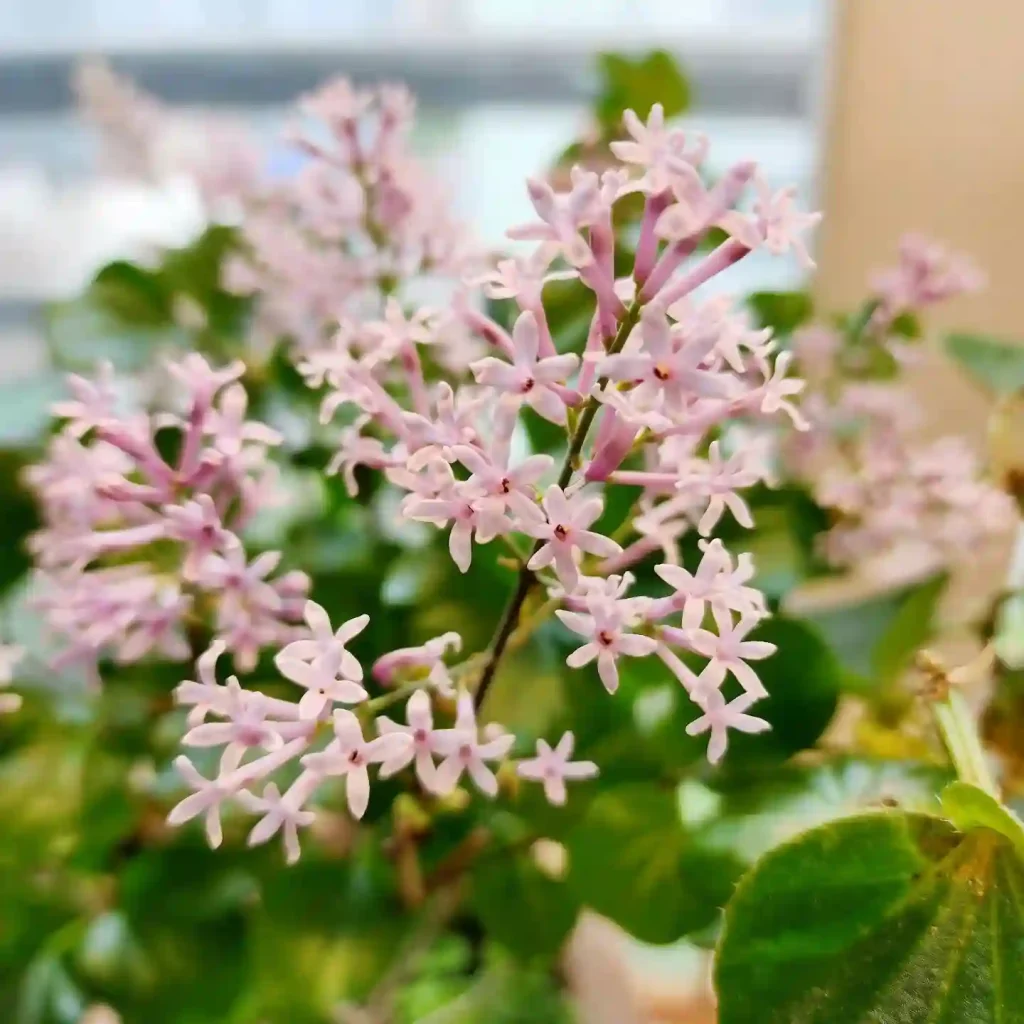
Carpinus Caroliniana: FAQs and Essential Information
As a gardening enthusiast, I’ve often found myself intrigued by Carpinus Caroliniana, commonly known as the American Hornbeam. This native tree, with its striking appearance and resilience, raises several questions for those considering adding it to their landscape. In this article, I’ll address some frequently asked questions about Carpinus Caroliniana, including its planting, growth, care, and comparisons with similar species.
44 Species in Genus Carpinus
Can I Plant Carpinus Caroliniana in the Fall?
Yes, you can plant Carpinus Caroliniana in the fall. In fact, autumn is an excellent time for planting this species. The cooler temperatures and increased rainfall help establish roots before the winter sets in. When planting in fall, aim to do so at least 4-6 weeks before the first expected frost. This timing allows the roots to settle in and prepare for a healthy start come spring.
How to Grow Carpinus Caroliniana?
Growing Carpinus Caroliniana is relatively straightforward if you follow a few essential steps. Start by selecting a location with well-draining soil and full to partial sunlight. This tree prefers moist, loamy soil but can tolerate a range of soil types.
- Planting: Dig a hole twice as wide and as deep as the root ball. Place the tree in the center, ensuring the top of the root ball is level with the surrounding soil. Backfill the hole with soil and water thoroughly.
- Watering: Keep the soil consistently moist but not waterlogged, especially during the first year as the tree establishes itself.
- Mulching: Apply a layer of mulch around the base to retain moisture and suppress weeds. Avoid piling mulch directly against the trunk.
When to Prune Carpinus Caroliniana?
Pruning Carpinus Caroliniana is best done in late winter or early spring before new growth begins. This timing allows you to shape the tree and remove any dead or diseased branches without interfering with its growth cycle. Avoid heavy pruning, as this species naturally maintains a dense, attractive shape.
Where to Find Carpinus Caroliniana in SC?
In South Carolina, you can find Carpinus Caroliniana at various nurseries and garden centers specializing in native plants. Some places to check include local arboretums, botanical gardens, and specialized native plant nurseries. Additionally, online plant retailers often carry this species, providing convenient access if local options are limited.
Carpinus Caroliniana vs Ostrya Virginiana
Carpinus Caroliniana and Ostrya Virginiana, commonly known as American Hornbeam and Eastern Hophornbeam respectively, are often compared due to their similar appearance. Here’s a breakdown of their differences:
- Leaf Shape: Carpinus Caroliniana has serrated, oval leaves that turn yellow or orange in the fall. Ostrya Virginiana’s leaves are more pointed and have a distinct texture.
- Bark: Carpinus Caroliniana’s bark is smooth and grayish, while Ostrya Virginiana’s bark is more flakey and has a brownish-gray hue.
- Growth Habit: Carpinus Caroliniana generally grows to a height of 30-40 feet with a rounded crown. Ostrya Virginiana tends to be slightly smaller and has a more irregular form.
What to Plant with Carpinus Caroliniana?
When choosing companion plants, consider those that complement Carpinus Caroliniana’s growth and aesthetic. Some good options include:
- Hostas: Their large, lush leaves provide a striking contrast to the Hornbeam’s finer foliage.
- Ferns: Ferns such as the Lady Fern or Christmas Fern thrive in similar soil conditions and provide a lovely green backdrop.
- Azaleas: These add a burst of color in spring, enhancing the visual interest of your garden.
How to Care for Carpinus Caroliniana?
Proper care ensures a healthy, vibrant Carpinus Caroliniana. Regularly check for pests and diseases, although this tree is generally pest-resistant. Ensure it receives adequate water, particularly during dry periods, and maintain a layer of mulch to help with moisture retention and temperature regulation.
Is Carpinus Caroliniana Toxic?
No, Carpinus Caroliniana is not considered toxic to humans or pets. It is a safe choice for gardens where children and animals play.
Common Problems with Carpinus Caroliniana
Though relatively low-maintenance, Carpinus Caroliniana can face a few issues:
- Leaf Spot: This fungal condition can cause brown or black spots on leaves. Ensure good air circulation and avoid overhead watering to reduce risk.
- Root Rot: Overly saturated soil can lead to root rot. Ensure proper drainage to prevent this problem.
Conclusion
Carpinus Caroliniana is a versatile and attractive tree that adds beauty to any landscape. Whether you’re planting in the fall, considering companion plants, or comparing it to similar species like Ostrya Virginiana, understanding its needs and characteristics will help you make the most of this resilient tree. With the right care and attention, Carpinus Caroliniana can be a standout feature in your garden for years to come.
If i die, water my plants!



